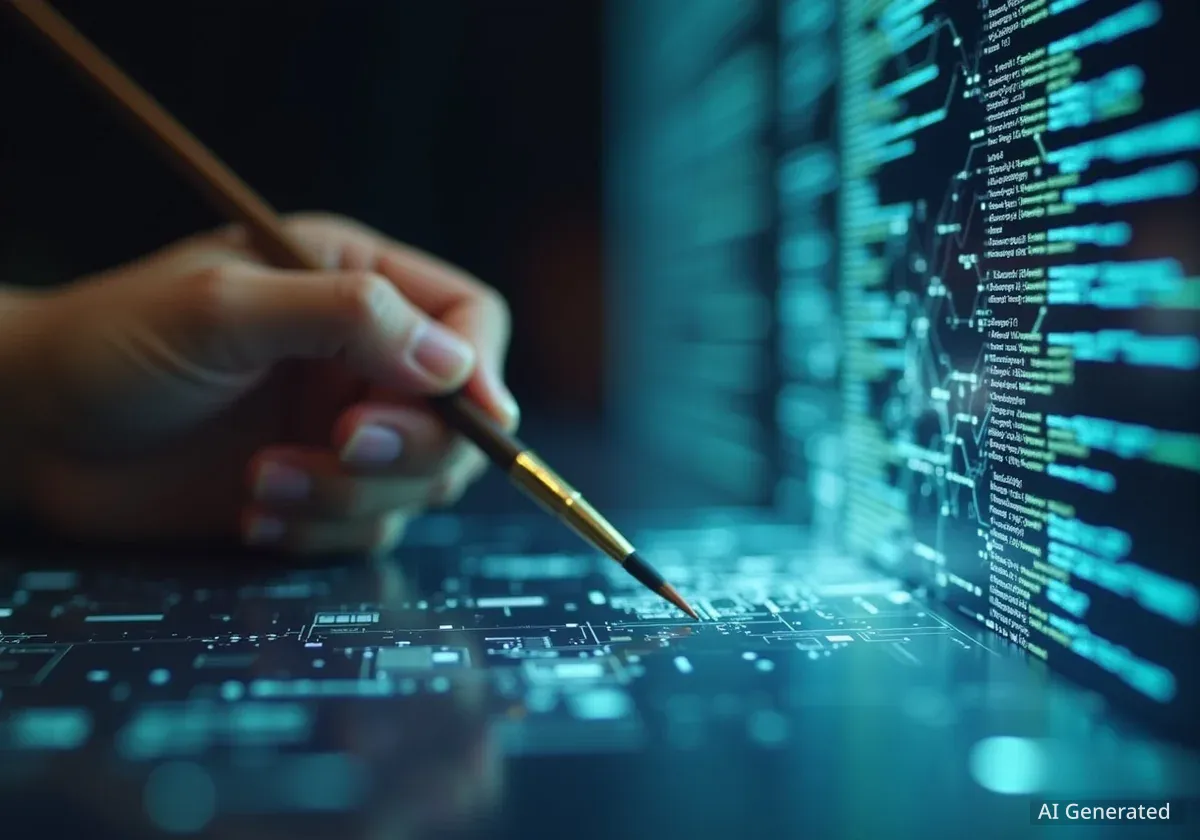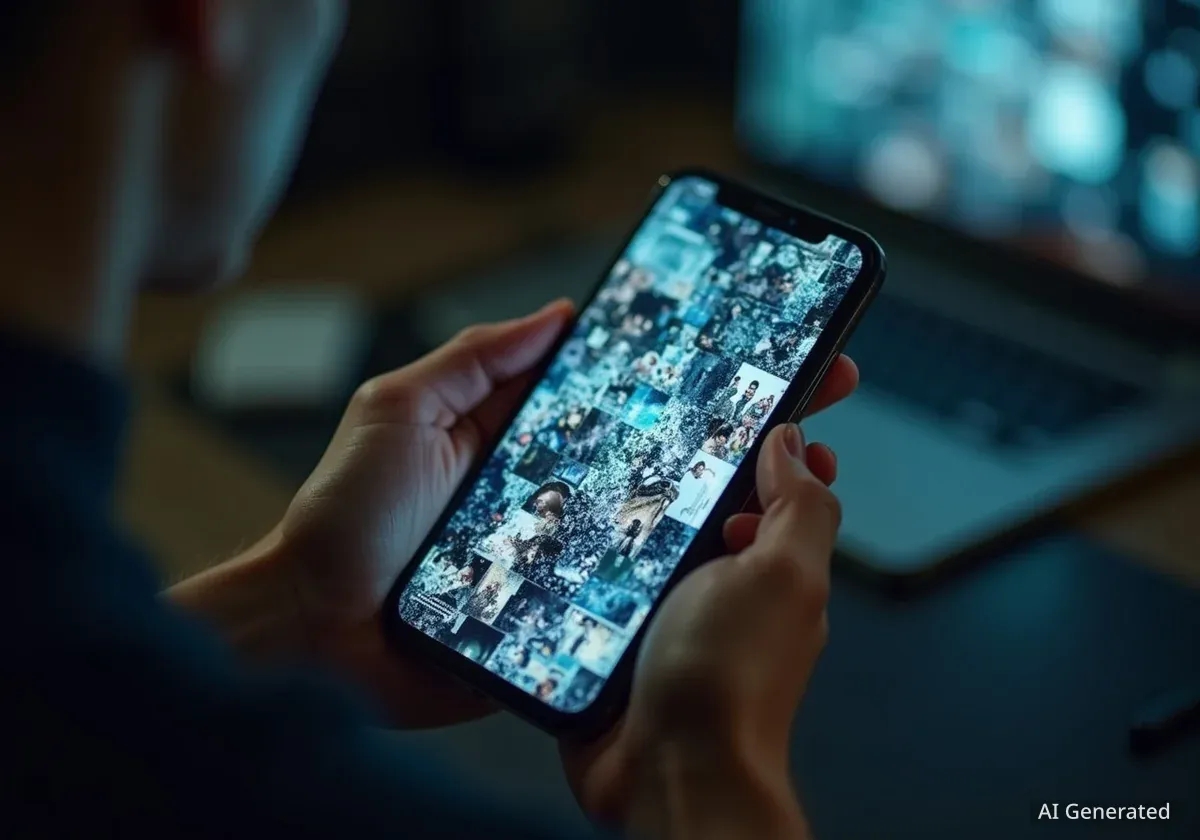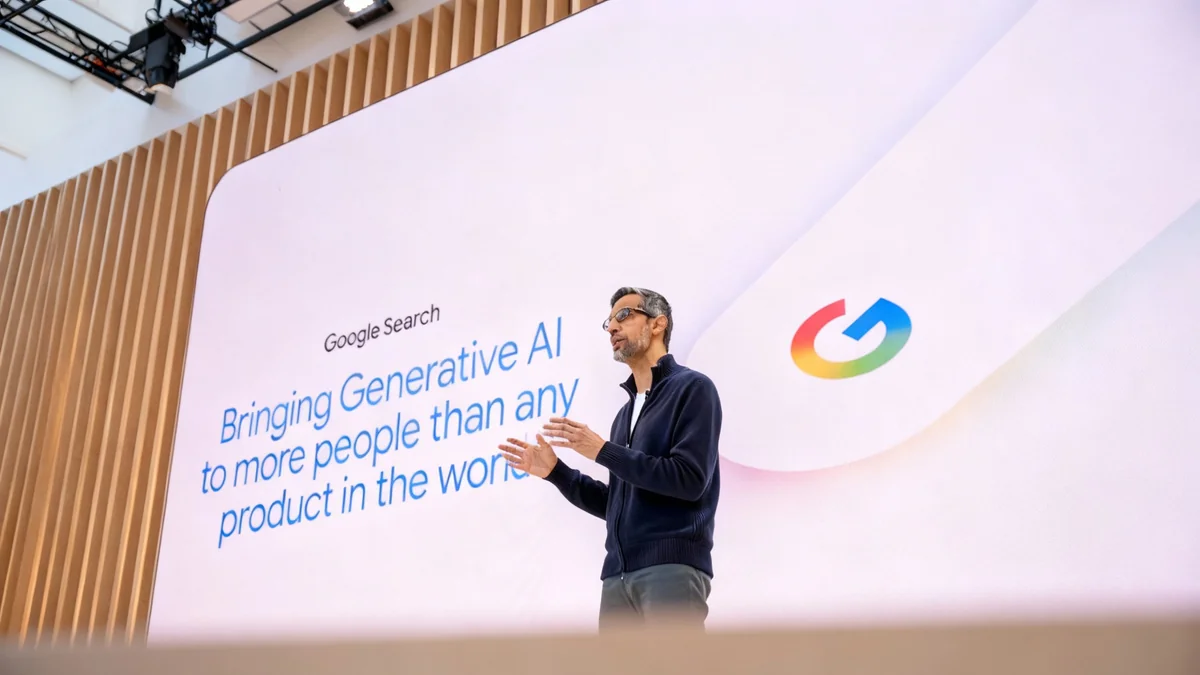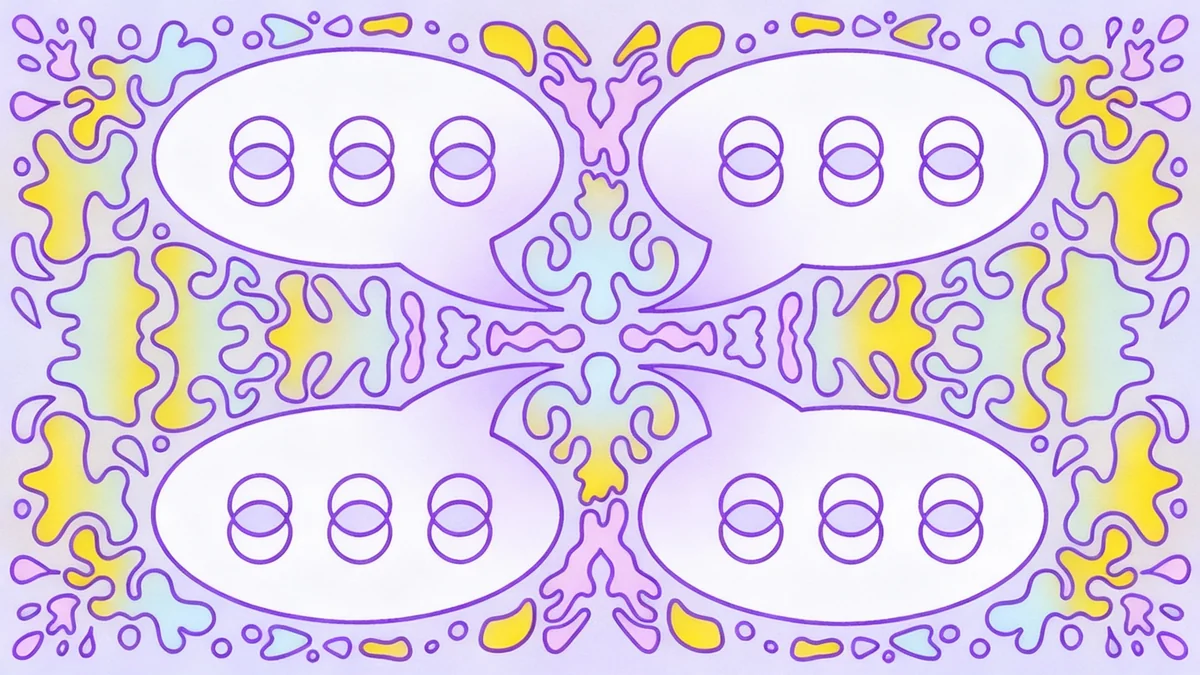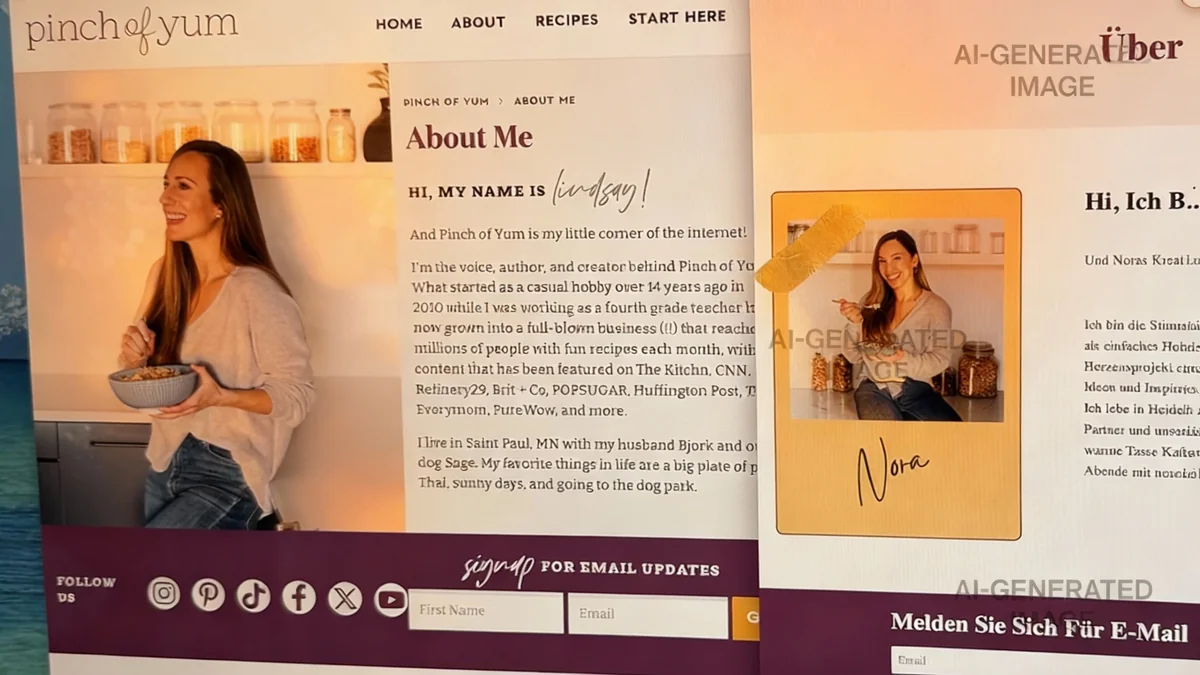A growing debate is unfolding across digital platforms regarding the role and value of generative artificial intelligence in creative fields. The rapid rise of AI tools that produce images, music, and text from simple prompts has sparked a discussion about the definition of art, the nature of creativity, and the impact of automated content on social media and culture.
This technological shift is forcing artists, consumers, and tech companies to confront fundamental questions about authenticity and the future of human expression. As AI-generated media becomes more sophisticated and widespread, the line between human and machine creation is becoming increasingly blurred, leading to both excitement and significant concern within creative communities.
Key Takeaways
- The proliferation of generative AI has led to an influx of automated content, often termed "AI slop," on social media platforms.
- A central point of contention is whether individuals who use AI prompts to generate media can be considered "artists."
- Critics argue that prompt-based generation lacks the skill, intent, and effort inherent in traditional art forms.
- Proponents see AI as a powerful new tool for brainstorming, visualization, and democratizing creative expression.
- The debate highlights a fundamental tension between the efficiency of AI and the perceived value of human-driven creative processes.
The Rise of Automated Content Creation
Generative AI models have become widely accessible, allowing users to create complex visual and auditory content with minimal effort. Platforms capable of turning text descriptions into detailed images, videos, and musical compositions have seen explosive growth in popularity. This accessibility has resulted in a massive volume of AI-generated content flooding social media feeds, from YouTube to Instagram and TikTok.
This phenomenon, sometimes referred to as "AI slop," describes the endless stream of low-effort, often repetitive content produced by these systems. Common examples include images of fictional characters in strange scenarios, algorithmically generated music mixes, and posts designed purely for engagement, such as those featuring non-existent individuals in fabricated emotional situations.
The increasing realism of these creations presents a new challenge. As AI becomes more adept at generating lifelike faces and environments, distinguishing between authentic human-made content and automated productions becomes more difficult for the average user. This has raised concerns about misinformation and the devaluation of genuine photography and digital art.
Defining Artistry in the Age of AI
One of the most heated aspects of this debate centers on the definition of an "artist." Many traditional artists and creators argue that the title is earned through the development of skill, dedication, and a unique personal vision. They contend that typing a prompt into a text field and receiving an output from a machine does not equate to the artistic process.
"Art challenges the way we see the world and ourselves. It is a form of communication that is distinctly human," is a sentiment echoed by many creators who feel that AI-generated content lacks the essential human element of intent and emotional expression.
This perspective draws a clear line between using AI as a tool and relying on it as the primary creator. The argument is that true art involves a journey of learning, practice, and refinement—a process that is bypassed by generative models. It compares prompt-based creation to consuming fast food: quick and convenient but ultimately lacking in substance and nutritional value.
What is Generative AI?
Generative Artificial Intelligence refers to a category of AI algorithms that can produce new content, including text, images, audio, and video. These models are trained on vast datasets of existing human-created works. When a user provides a prompt, the AI uses its training to generate a new piece of content that statistically matches the patterns it has learned.
A Tool for a New Generation of Creators
On the other side of the argument are those who view generative AI as a revolutionary tool that democratizes creativity. They believe these technologies lower the barrier to entry, allowing individuals without formal training in painting, music composition, or graphic design to bring their ideas to life. From this viewpoint, the skill shifts from technical execution to the art of crafting the perfect prompt and curating the AI's output.
Many professional artists have also begun integrating AI into their workflows. They use it for:
- Brainstorming: Quickly generating multiple visual concepts for a project.
- Visualization: Creating mockups or storyboards to plan a larger piece.
- Inspiration: Exploring new styles and compositions that they might not have considered otherwise.
In these cases, AI serves as an assistant rather than a replacement for the artist. The final work is still guided by human creativity, judgment, and technical skill. This nuanced approach suggests a middle ground where AI can augment human artistry without supplanting it entirely.
The Societal and Cultural Impact
The flood of AI-generated content has broader implications beyond the art world. The sheer volume of automated media can drown out the work of human creators, making it harder for them to gain visibility and monetize their skills. Social media algorithms, which often prioritize engagement above all else, may favor the rapid, high-volume output that AI makes possible.
Content Volume on Social Media
According to industry estimates, over 500 hours of video are uploaded to YouTube every minute, and nearly 100 million photos and videos are shared on Instagram daily. The introduction of generative AI is expected to accelerate this content creation rate significantly, intensifying the competition for user attention.
Furthermore, the debate touches on the historical purpose of art. For centuries, art has been a medium for exploring the human condition, asking critical questions about identity, society, and purpose. It serves as a cultural record, reflecting the values, struggles, and triumphs of its time.
A key question now is whether content generated by a machine, trained on the past, can perform this same function. Critics worry that an over-reliance on AI could lead to a more homogenous and derivative culture, one that endlessly remixes what already exists rather than pushing into new, uncharted territory. As technology continues to evolve, society must navigate the complex relationship between machine-driven efficiency and the irreplaceable value of human creativity.
